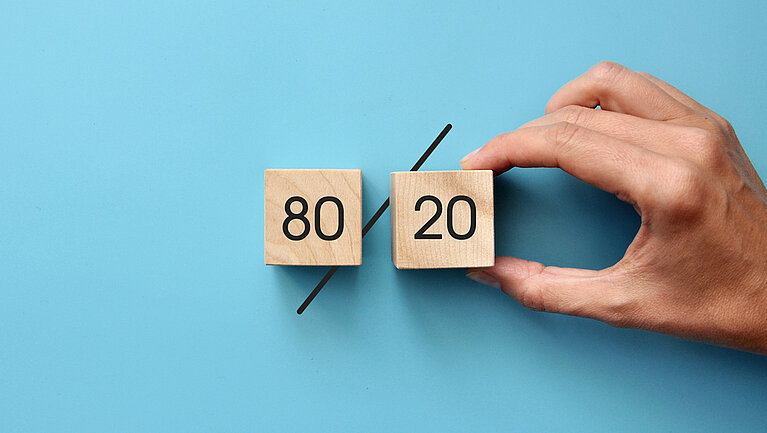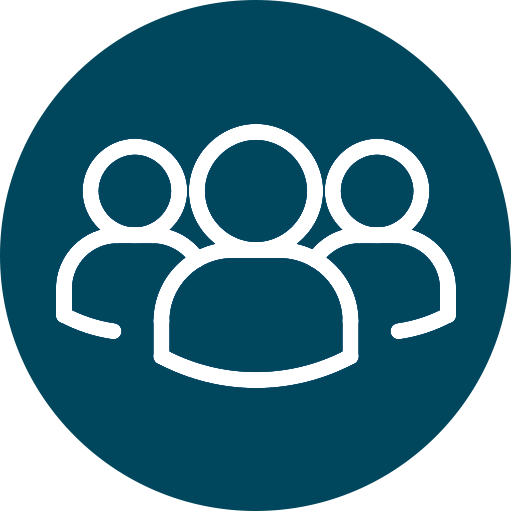In order to complete tasks successfully and effectively, you must set priorities. Otherwise, you can quickly get bogged down and lost in the details. The pebble principle helps you to prioritize your to-dos effectively. In this way, you get the "big chunks" done and gain more free space at the same time. Imagine a 10-litre water bucket filled to the brim with pebbles. When asked, "What else will fit in this bucket?" your answer will probably be, "Some more sand and maybe some more water to fill in the gaps."
Applied to your task planning, this means: think of the bucket as your time resource. The space is finite. The small but urgent tasks are the sand and the water. They fill the bucket relentlessly as soon as you give them the opportunity. Your really important tasks, on the other hand, are the big pebbles. If the bucket is already filled with sand and water, they won't fit in. To make room for them, you have to put them in first.
You can achieve a really sensible and consistent distribution of the important tasks (big pebbles) with a weekly planning: Define "your big pebbles" and always reserve a concrete time window (i.e. from ... to ... o'clock) in your weekly planning of appointments and tasks and not just a keyword or a starting time. This way, you decide about appointments - and not the appointments about you.
Of course, you still have to get an overview of daily tasks. However, it is important to subordinate daily planning to weekly planning. Only then can you look beyond what is immediately in front of you - beyond what is near and urgent.
Another measure to really be able to work on your main tasks in peace is to consistently work on smaller tasks according to the direct principle - i.e. regardless of their urgency. The direct principle is: All tasks that you can complete within four minutes, you work on immediately.
The great advantage of this approach is psychological: you free yourself up for the really important tasks. If you tackle them within the planned time frame, you don't have the feeling that there are countless other unfinished tasks waiting for you. In addition, you save yourself the trouble of making long to-do lists and work much more effectively because you only pick up tasks once.












